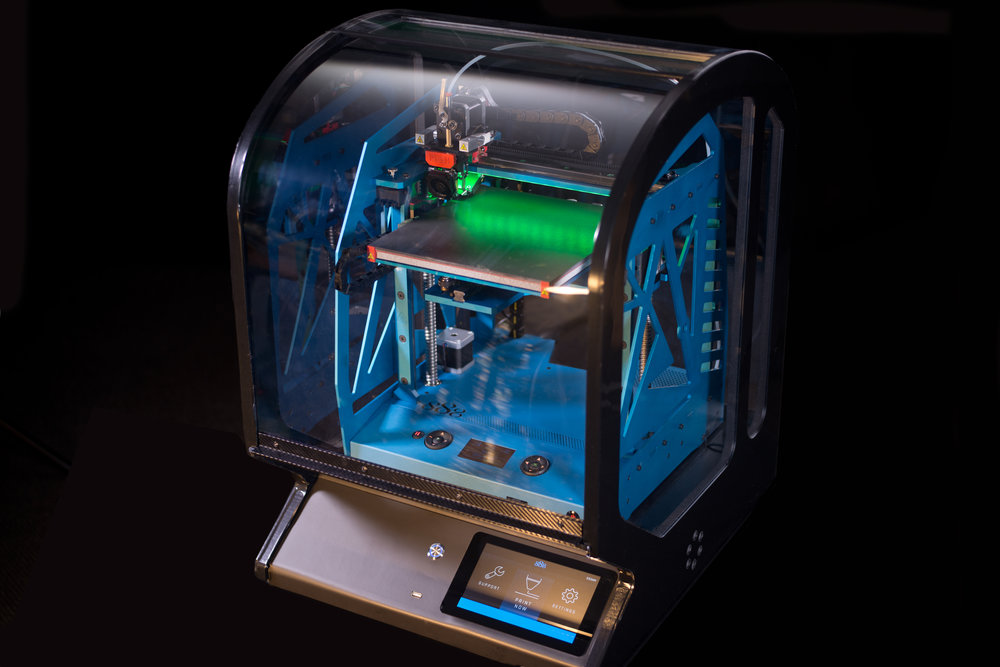
There are an increasing number of thermoplastics that can be 3D printed recently, and one of them is PVC.
PVC, or polyvinyl chloride is a very popular industrial material, having been discovered decades ago and now in use in a wide variety of consumer and industrial products. You no doubt have seen white PVC pipes yourself. They’re everywhere.
But should PVC be used on your desktop 3D printer? It is now possible to do so, through two innovations.
First, a company has developed a 3D printer specifically for printing in PVC material. AONIQ’s 888 machine, to be launched this month, can print in a number of industrial materials, one of them being PVC. They explain:
AONIQ PVC can be used in much the same way as traditional 3D polymers like PLA or ABS. You can still create rapid prototypes by giving it a honeycomb infill. This is a great technique for this application, as you do not waste excess material. But, the truly amazing thing about AONIQ PVC is when you 3D print a solid object it compares to an injection molded part. When subjected to breakage testing, all other filaments that we have tested to date fracture at the layer – but not AONIQ PVC.
So it seems that PVC is a great material for 3D printing, at least functionally.
There is another option for PVC: Chemson has produced a PVC filament that could theoretically be used in filament-based desktop 3D printers.
But there is a dark side to PVC; There are questions about its safety. Wikipedia lists over 2,500 words on safety considerations in its article. Dioxins are produced when PVC is burned, for example. While many of the concerns with PVC safety revolve around additives to the chemistry of the product, one must surely be concerned, particularly if using PVC on a desktop machine in a setting where people will be encountered.
AONIQ handles this problem by including an air filtration system in their 888 machine:
The 888 comes in an enclosure which has been custom designed to provide a safe PVC print operating environment. The enclosure eliminates any fumes using the inbuilt carbon filtration system.
But that cannot be said regarding other machines where you’re simply using the PVC filament from Chemson. My fear is that someone with an unfiltered desktop 3D printer uses PVC filament in an enclosed, unventilated area and introduces some contaminant into the air. I strongly recommend using PVC filament only on air-filtered 3D printers and even then would insist on external air ventilation.
We will write more on AONIQ’s 888 machine when it is released, but for now, the question of whether PVC should be used is answered simply: Yes, but only in safe conditions.

